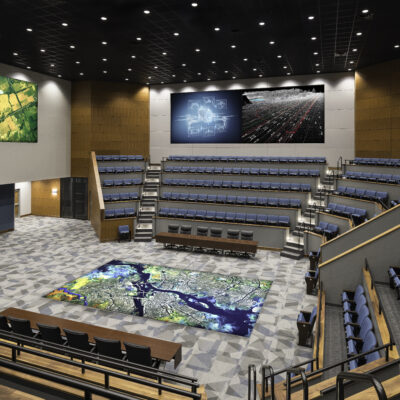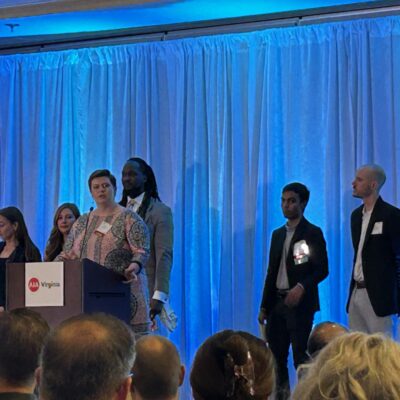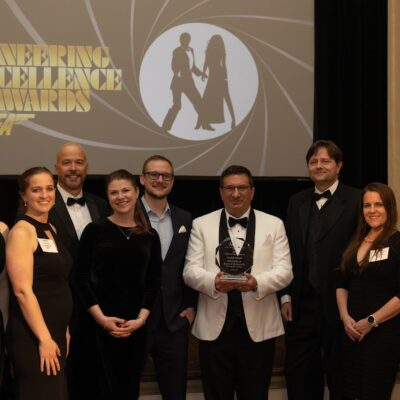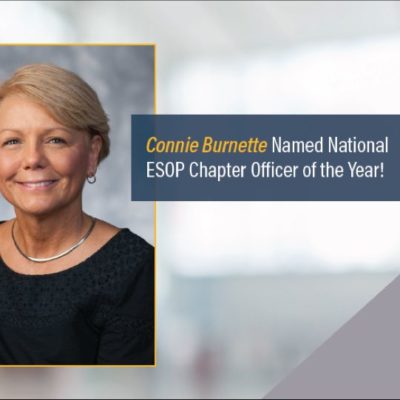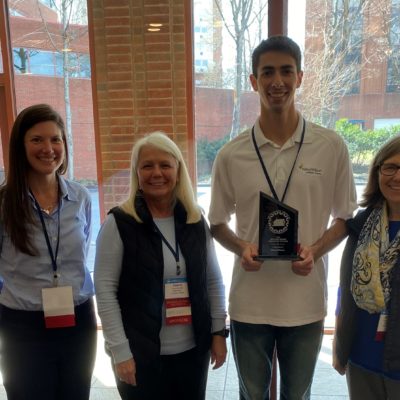Moton Museum Opens New, Wiley|Wilson-designed Pavilion
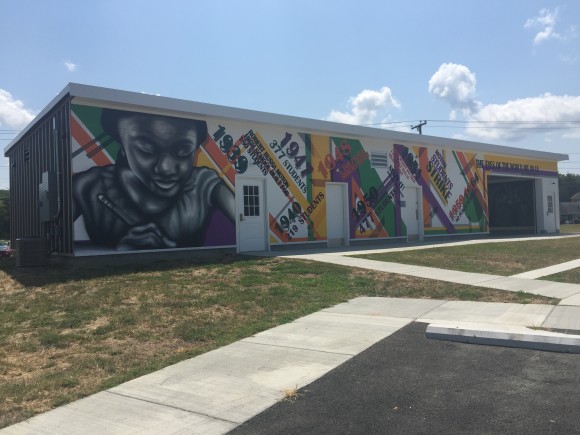
The Robert Russa Moton Museum in Farmville, VA, had a ribbon-cutting ceremony to celebrate the opening of its new pavilion and parking area, for which Wiley|Wilson provided architecture and engineering services.
The pavilion was designed to replicate the tar paper shacks that housed the classrooms some African-American students would have attended in Prince Edward County in the 1950s. The R.R. Moton High School was an all-black school named after Robert Russa Moton, a noted educational leader and protégé of Dr. Booker T. Washington. The school did not have a gymnasium, cafeteria, or restrooms for teachers. Due to overcrowding in the main, brick high school, some classes were held in a parked school bus while others were housed in three substandard buildings. These tar paper shacks, which had to accommodate more than 400 students, were made of plywood and tar paper, had no plumbing, and were heated with potbelly stoves.
The exterior of the new, 2,000-SF facility pays tribute to these shacks, re-creating how they would have appeared to passersby. Inside, however, today the building houses a pavilion with a service area, a director’s office, and restrooms. Moton Museum intends to use the space for special events and temporary educational exhibits.
R.R. Moton High School played a vital role in shaping the country’s history. In 1951, more than 400 students walked out of the high school in protest of its substandard conditions. This strike led to Davis v. County School Board of Prince Edward County, a case that was later bundled with others to form Brown v. Board of Education, which mandated desegregation in public schools.
Following the ruling, then-Governor of Virginia J. Lindsay Almond, Jr. closed several of the state’s public schools rather than integrate them. The courts forced these schools to reopen, but Prince Edward County refused to do so and the schools remained closed for five years. During that time, most white students attended private institutions funded by staunch segregationists while the majority of black students were denied formal education.
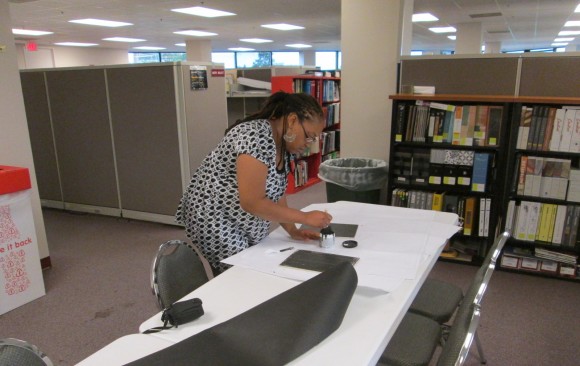
Mia Gilliam (pictured), Intern Architect in the firm’s Richmond office, helped design the new pavilion and explained that this project is one of deep, personal significance to her. “This project has been a true eye opener for me. This is a part of history not taught in school,” she said. “The truth of the matter is, if were not for students like the ones here at Moton, I may have never had the opportunity to work here or even attend the schools I attended. I am so grateful to these individuals for their bravery and sacrifice.”
Wiley|Wilson began its relationship with Moton in 2003 when it did a building condition assessment and provided a list of suggested projects the museum should explore. The company has completed these renovations, modifications, and upgrades for the facility over several years. Today the Robert Russa Moton Museum celebrates the student birthplace of America’s Civil Rights Revolution and honors the tremendous courage of Moton’s former students.
